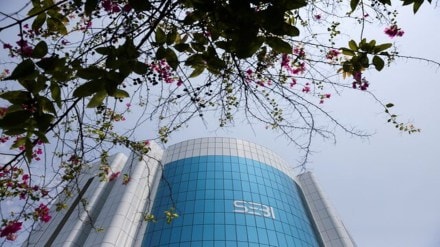The Securities and Exchange Board of India (SEBI) on Monday proposed relaxing the minimum public offer requirements for very large companies and also extended the timelines for them to meet the minimum public shareholding (MPS) norms.
According to the proposed framework, instead of adhering to a fixed high percentage, large issuers will have the flexibility to start with smaller IPOs and gradually meet shareholding requirements over a longer period. The relaxations will reduce the minimum threshold of shares to be sold to the public and reduce stake dilution pressure for the issuers.
Challenges for large issuers
This comes after a major overhaul suggested in the IPO framework, in a consultation paper dated July 31, which increased the allocation limits for institutions and reduced those of retail.
“Large issuers face challenges in undertaking substantial dilution of equity shares through IPOs, as such large offerings may be difficult for the market to absorb. These constraints can act as a deterrent for large issuers from considering listing in India,” SEBI said in a consultation paper, based on recommendations of the Primary Markets Advisory Committee (PMAC).
Apart from the minimum public offer, large issuers also face challenges in meeting the MPS requirements within prescribed timelines. Issuers that dilute only 5-10% of their share capital at the time of the IPO are required to dilute additional 15-20% of their share capital within 5 years of listing.
Balancing flexibility with market concerns
Among the largest IPOs, Hyundai Motor India raised Rs 27,859 crore offering a 17.5% stake, while state-owned Life Insurance Corporation raised Rs 20,557 crore from a 3.5% float. Among the firms awaiting IPOs with potential valuations bigger than Rs 1 lakh crore include Tata Capital, National Stock Exchange (NSE) and Reliance Jio.
Several Indian companies have achieved significant scale over a period of time with infusion of funds by private equity investors and strategic investors. These companies have grown large in size and many such firms may explore the possibility of listing on the stock exchanges.
“Mandating substantial equity dilution for meeting MPS requirements immediately after the IPO can lead to oversupply of shares in the market. This anticipation of further dilution may impact the share prices, despite strong company fundamentals, and may adversely impact existing public shareholders,” SEBI said.
Further explaining its rationale, the regulator said “executing such large public issues may be challenging, especially in volatile market conditions, as investor demand is influenced by several factors, including market sentiment”.
“Changing the market cap-linked minimum public shareholding thresholds and simultaneously increasing the timeline for compliance is a step in the right direction. For very large market cap companies, this is a welcome proposal as this will reduce requirements to seek ad hoc or one-time SEBI relaxations,” Arka Mookerjee, partner at JSA Advocates & Solicitors, said.
Hardeep Sachdeva, senior partner at AZB & Partners, said: “SEBI’s proposal to allow mega-cap companies to list with just 2.5%-8% public float provides welcome flexibility and eases the issuance burden in a market that may struggle to absorb large supply. However, such thin floats raise legitimate concerns around post-listing liquidity and resilient price discovery.”
The reforms suggested by the regulator are in line with the raft of measures it rolled out after its June 2025 board meeting, including ease of doing business for startups, reverse-flippers who change domicile and large companies. Earlier, SEBI had proposed to reduce the retail quota in IPO from 35% to 25% for IPOs exceeding Rs 5,000 crore. The proposal was also made considering the challenges faced by the large issuers.
